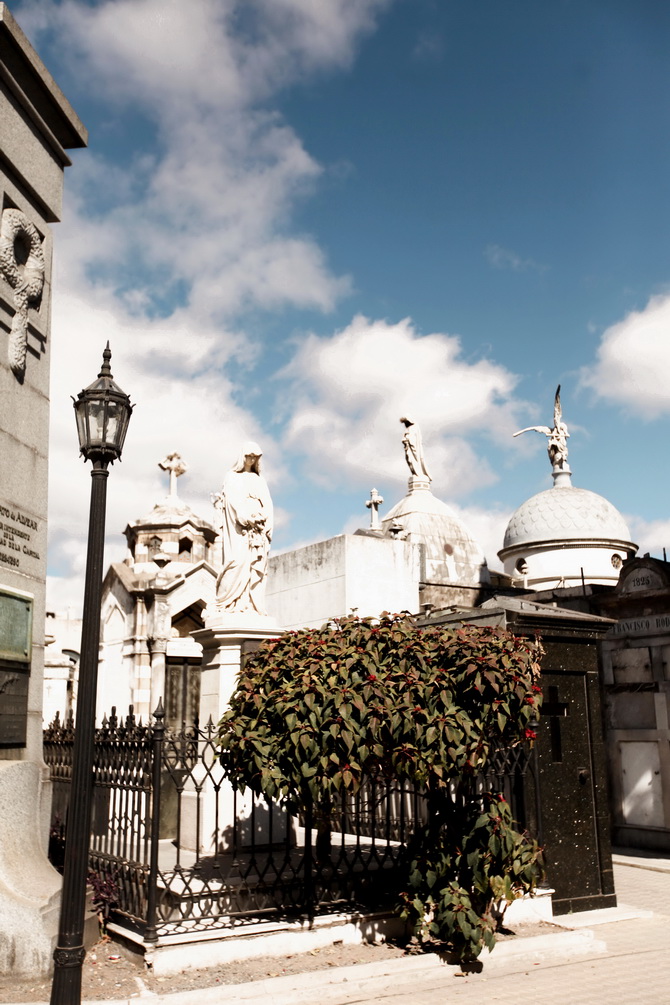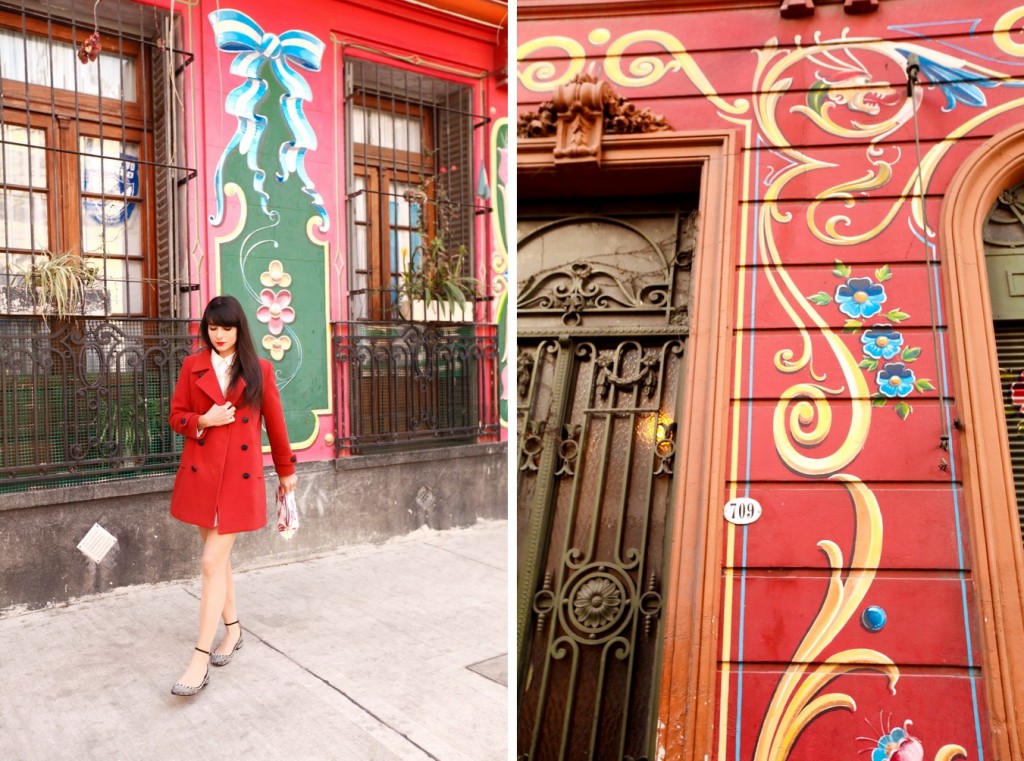–
–
–
Cette semaine sera une semaine spécial Halloween !
Et pour une entrée en douceur, voici aujourd’hui quelques photos du magnifique cimetière de la Recoleta, que j’ai visité lors de mon séjour à Buenos Aires.
Je ne saurais trop vous conseiller d’aller y faire un tour si vous passez par la capitale Argentine, car bien plus qu’un cimetière, l’endroit recèle de magnifiques éléments architecturaux.
Certains tombeaux, ornementés de statues et de vitraux sont de véritables Å“uvres d’art.
La Recoleta est fort comparable à notre Père Lachaise à Paris, et s’inscrit facilement dans les plus beaux cimetières du monde.
Une aura plus ou moins mystérieuse enveloppe la tombe de certains de ses habitants. Il y a la très célèbre Eva Peron ( adorée ou détestée des Argentins ) dont le tombeaux a été soigneusement scellé afin d’éviter  tout vandalisme, Liliana Crociati morte sous une avalanche ( on peux toucher le museau de son chien pour nous porter chance ), mais aussi celui de Rufina Cambaceres:
Une jeune fille issue de la Bourgeoisie Argentine prématurément décédée à l’âge de 19 ans, dont le corps a disparu de son cercueil quelques jours seulement après ses funérailles. On dit qu’elle aurait été enterrée vivante. Beaucoup de versions de cette histoire existent, ce qui entretient naturellement la légende.
Son tombeau, un magnifique mausolée Art Nouveau est de loin mon préféré. Elle est représenté à sa propre porte, comme perdue et vacillant ainsi entre le monde des vivants et le monde des morts.
–
–
 ♫ ♪ Krzysztof Komeda – Rosemary’s Baby ( main title )
–
–
This week will be a special Halloween week !
And we’re starting today with a few pictures of Recoleta Cemetery, which I visited while I was in Buenos Aires.
If you’re planning to go to the Argentinian capital, I really recommend that you go. More than a cemetery, the place is filled with beautiful architectural elements.
Some tombs, ornamented with statues and stained glass are true works of art.
I found the Recoleta pretty similar the Père Lachaise in Paris.
There’s some mystery surronding the tombs of a few of its habitants.
The famous Eva Peron of course ( loved or hated by the Argentinians ) whose tomb was carefully sealed to prevent vandalism, Liliana Crociati who died smothered in an avalanche ( you can touch her dog’s muzzle to bring you luck ), but also Rufina Cambaceres:
A young woman born in a wealthy family, who prematurely died at the age of nineteen. Her body strangely disappeared only a few days after her funerals.
It is said that she was buried alive. There are many different versions of that story, which keeps the legend alive of course.
Her tomb, a magnificent Art Nouveau mausoleum is by far my favorite. She is represented at her door, lost and vacillating between the land of the living and the land of the dead.
–
–
–
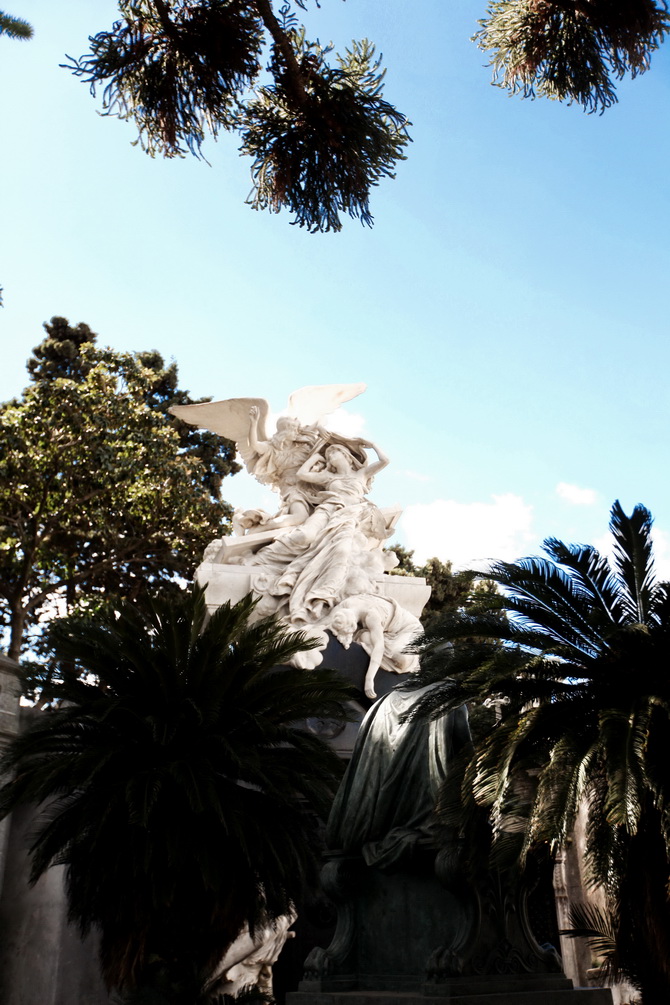
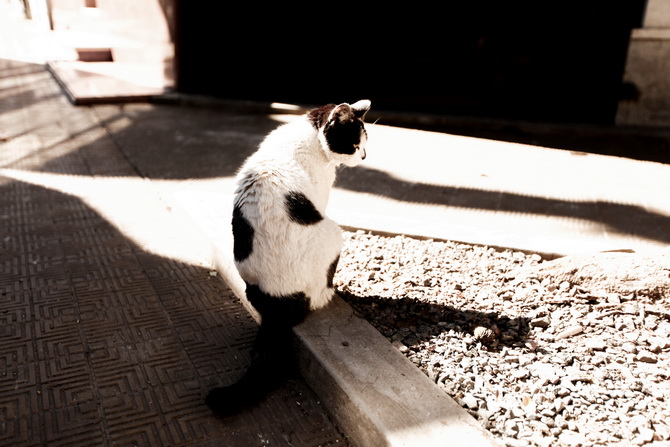
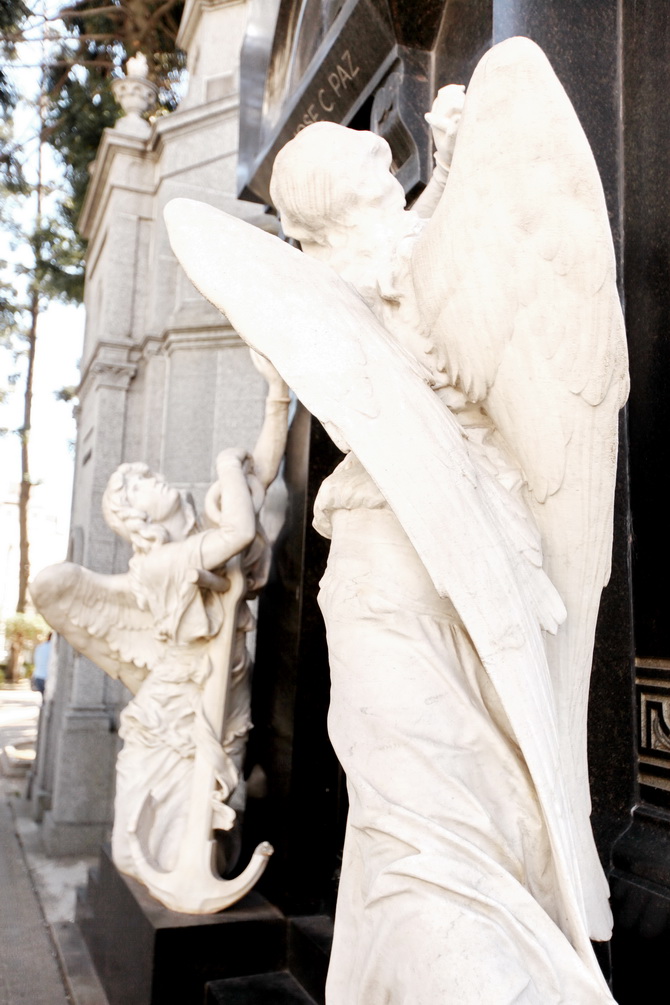
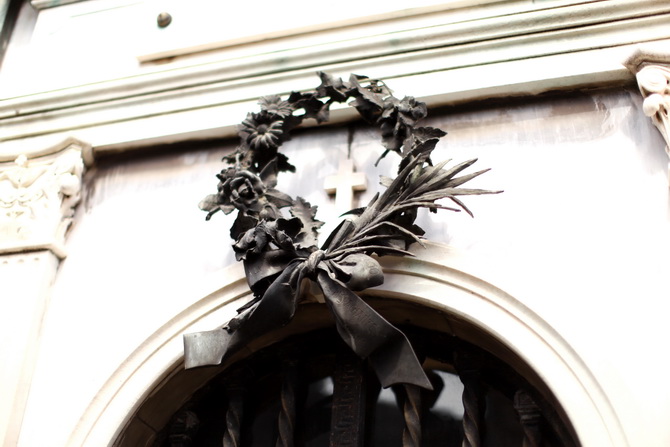
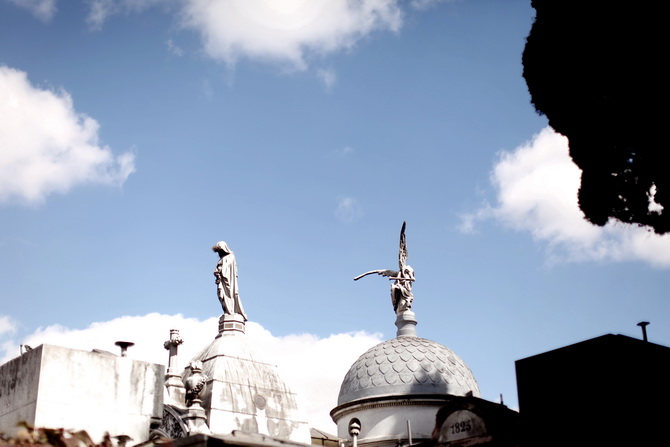
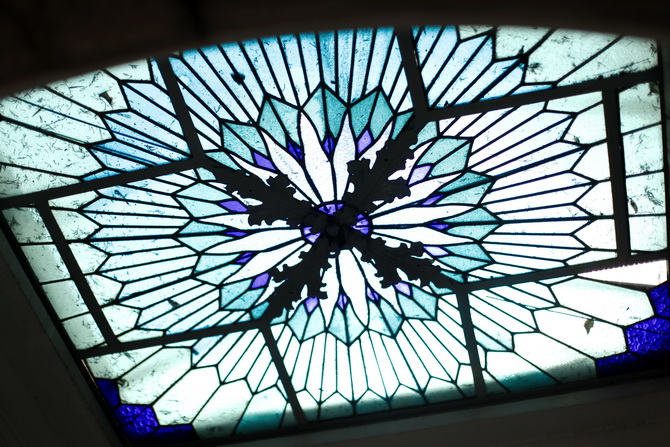
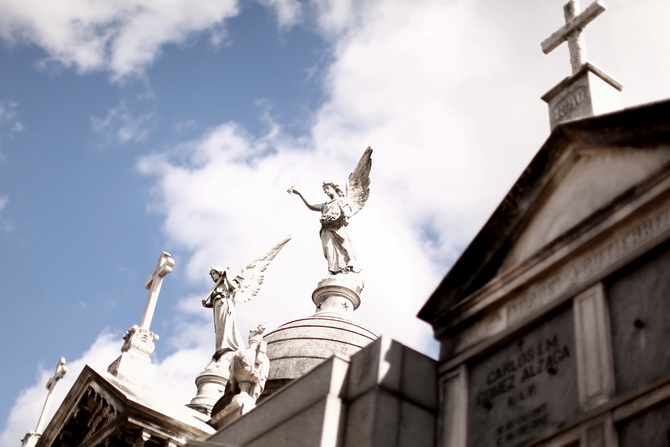
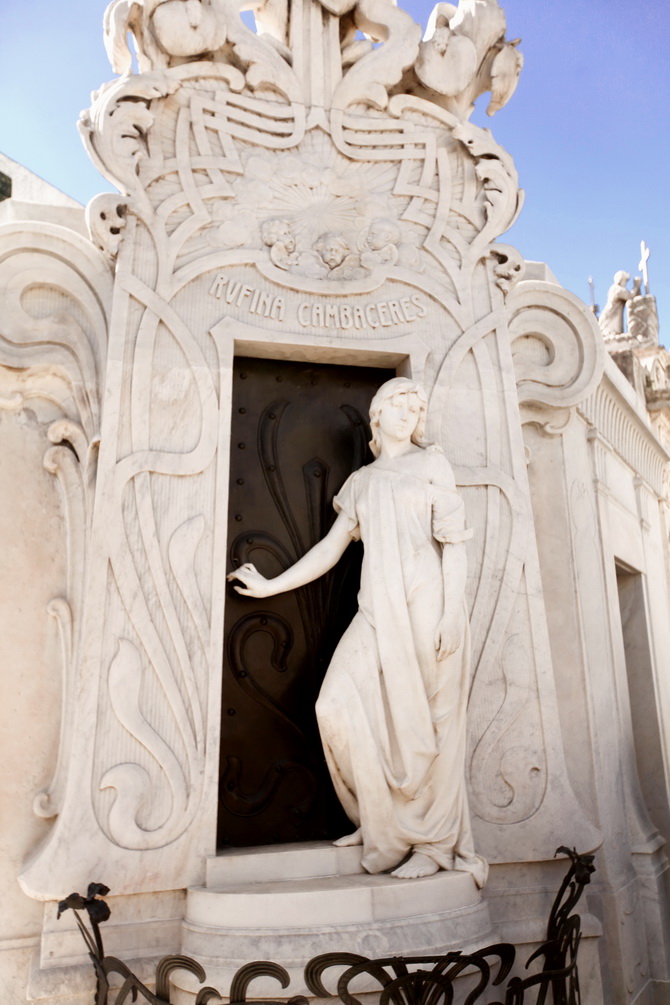
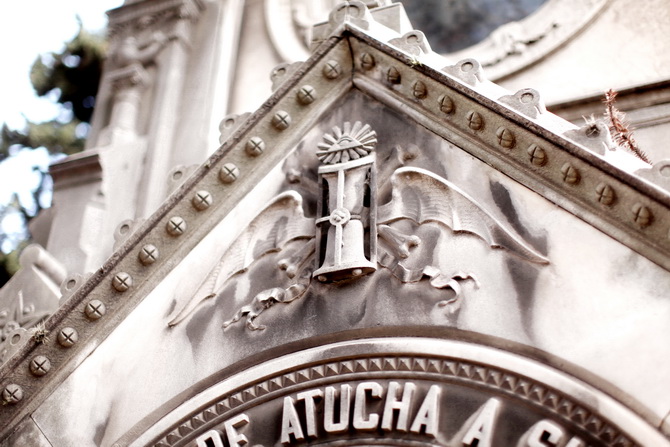
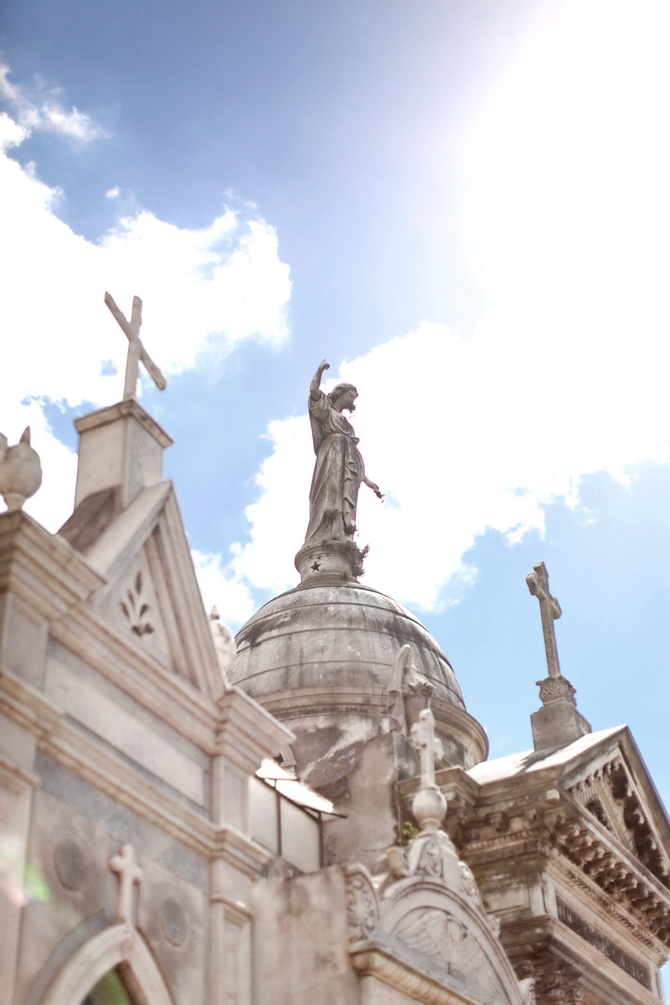
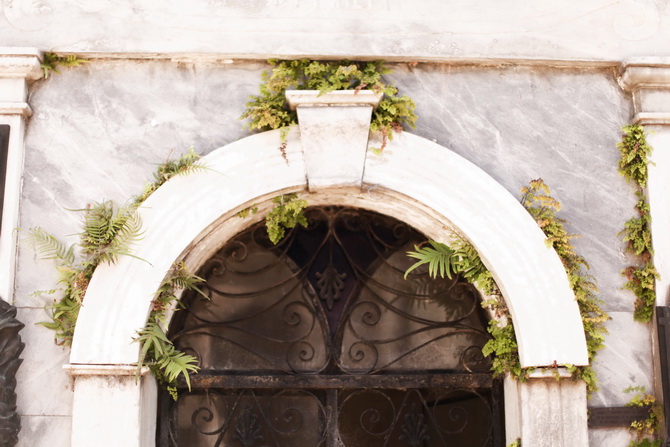
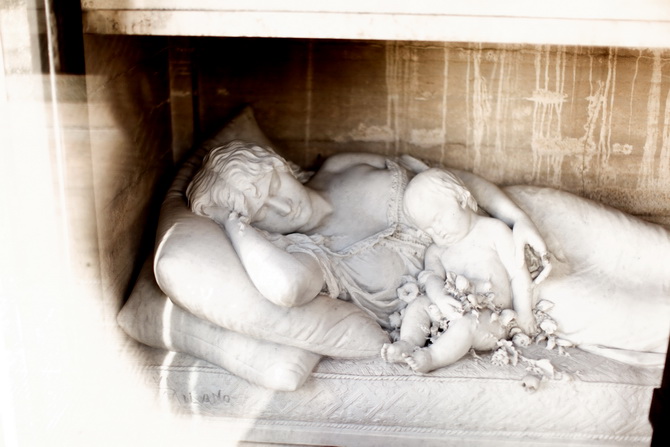
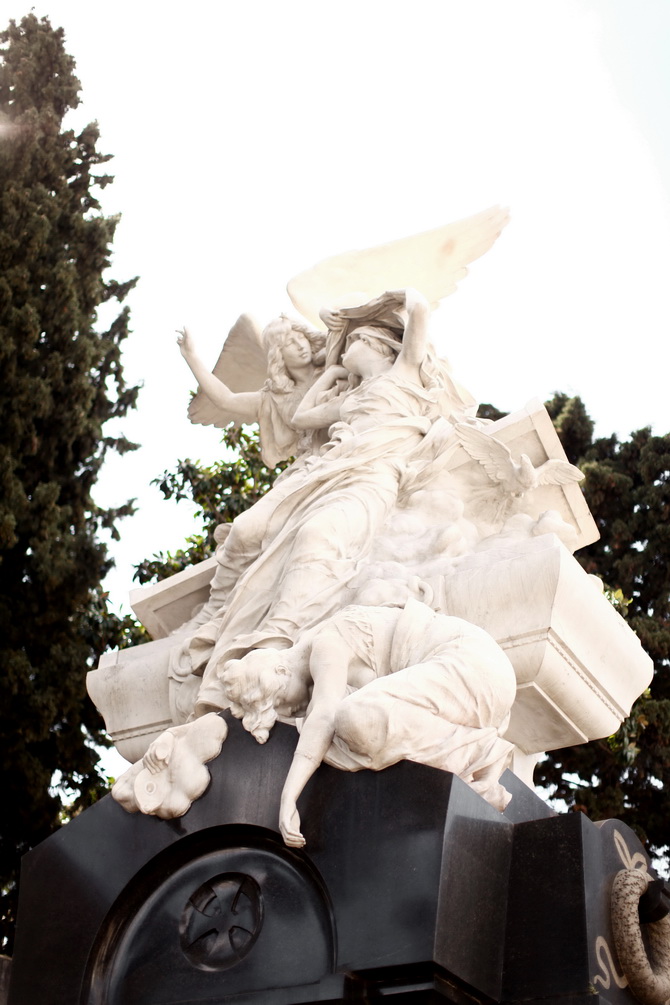
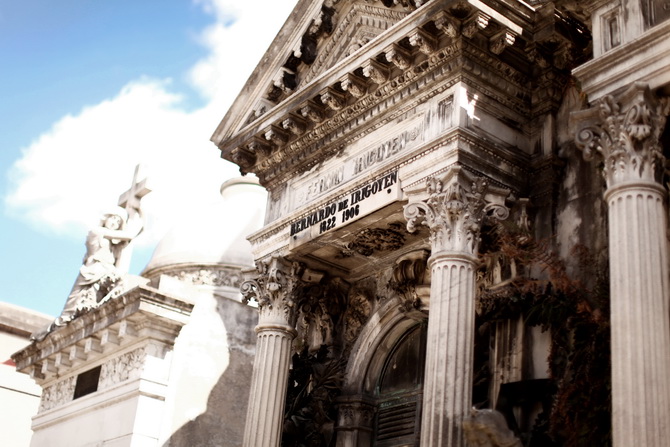
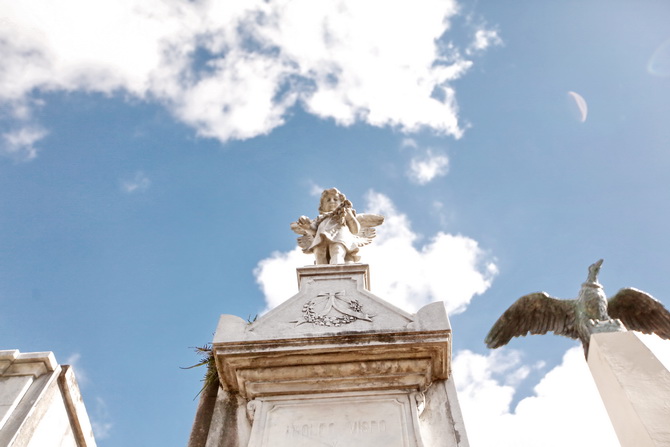
–
–
–
–
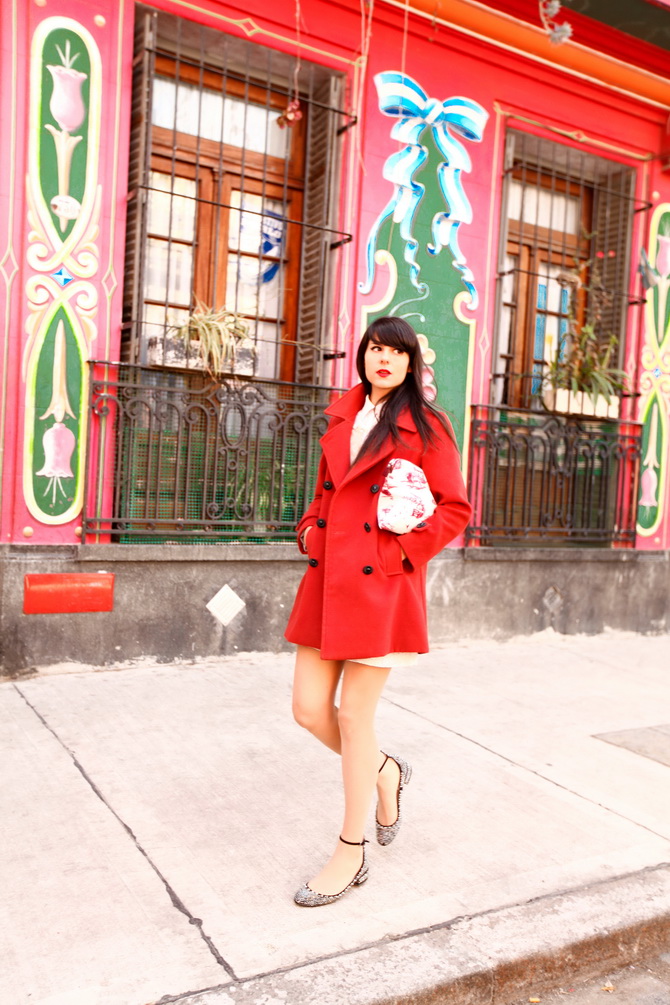
–
–
Comme énoncé dans mon article sur La Boca, le Fileteado Porteño est un style de peinture très ornemental, né dans les quartiers populaires et devenu emblématique de Buenos Aires.
J’adore ce style car en plus de son esthétique romantique, son but premier et de personnaliser les possessions qui nous sont chères.
Historiquement, ce sont les charrettes pour transporter les marchandises qui ont d’abord été repeintes avec des motifs décoratifs à la fin du XIXème siècle. Une manière de personnaliser et d’apporter une touche d’originalité à son bien.
Le Filete doit ses origines à l’influences européenne venant de ses immigrants qui n’ont pas hésité à apporter un peu de leur héritage, jusqu’à ce que ce style possède une identité propre et typiquement Argentine.
Le lettrage associé est apparu peu de temps après, grâce à la maîtrise de lettristes français.
Les charrettes ont peu à peu disparu, mais le Fileteado Porteño est resté, en s’invitant sur des camions, sur les bus de transport public.
A un tel point que dans les années 70, les autorités ont dû imposer des limites pour que cet art décoratif ne recouvre pas la ville entière.
Aujourd’hui, on retrouve le Fileteado Porteño par petites touches un peu partout dans la ville. Une empreinte discrète demeure sur la carrosserie des bus par exemple, mais c’est surtout à la Boca qu’il est le plus présent.
Le Fileteado Porteño est aussi étroitement associé au Tango ( autre art originaire de Buenos Aires ), c’est même devenu son esthétique emblématique.
Qui dit Tango dit Carlos Gardel, célèbre chanteur des années 20, adoré des Argentins et représenté partout dans la ville.
C’est justement dans la rue où se trouve son musée dans le quartier d’Abasto que j’ai pu voir les plus belles maisons de style.
Si vous êtes de passage à Buenos Aires et souhaitez voir ces façades colorées, allez au numéro 735 de la Calle Jean Jaurès.
Mais évitez de trop vous éloigner. De part mon impression et ma propre expérience ( me faire suivre par un mec louche par exemple ), le quartier d’Abasto ne m’a pas semblé très sûr pour des touristes.
–
–
–
♫ ♪ I’ll see you in my dream – Cliff Edwards
–
–
–
As mentioned in my article about La Boca, the Fileteado Porteño is a very ornamental style of painting, born in the poor neighborhoods of the city and that became very emblematic of Buenos Aires.
I love this style because apart from its very beautiful and romantic appearance, it is first used to adorn any kind of beloved objects.
Historically, it’s the tumbrels used to carry the goods that were first painted with decorative motifs in the late nineteenth century. A nice way to personalize and add a touch of originality to your belongings.
The Filete owes its origins from the European immigrants, who brought with them some of their culture and heritage, until it became typically Argentine, with its own identity.
The associated lettering appeared shortly after, using the « savoir faire » of french artisans.
The tumbrels gradually disappeared, but the Porteño remained on trucks and public transport buses.
It became so strong in the 70s that the authorities had to impose limits, to avoid this decorative art to cover the entire city.
Today, we find the Fileteado Porteño here and there in the city, as some discreet footprints remain on the buses for example. But it’s mostly in La Boca that you can see it.
The Fileteado Porteño is also closely associated with Tango ( the other famous Buenos Aires art ), and has become its iconic aesthetic.
Who says Tango says Carlos Gardel, the famous singer of the 20’s, loved by the Argentinians and represented everywhere in the city.
It is precisely in his museum’s street that I found the most beautiful Fileteado Porteño houses.
If you are visiting Buenos Aires and would like to see these colorful houses, go to the number 735 of Calle Jean Jaurès.
But do not wander too far away. From my feeling and own experience ( which was to be followed by a really weird guy ), the Abasto neighborhood doesn’t seem very safe for tourists.
–
–
–
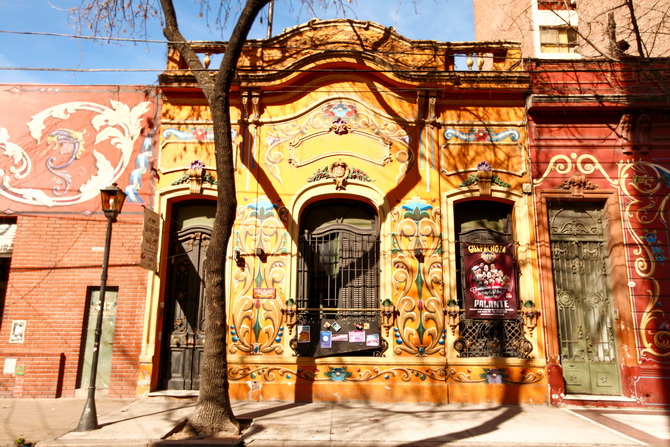
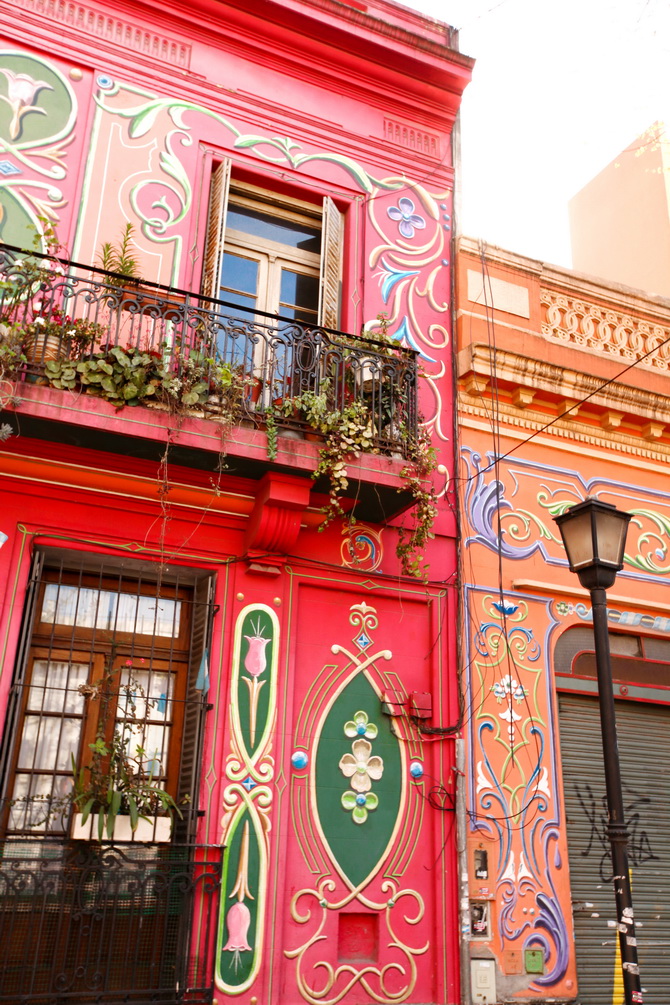
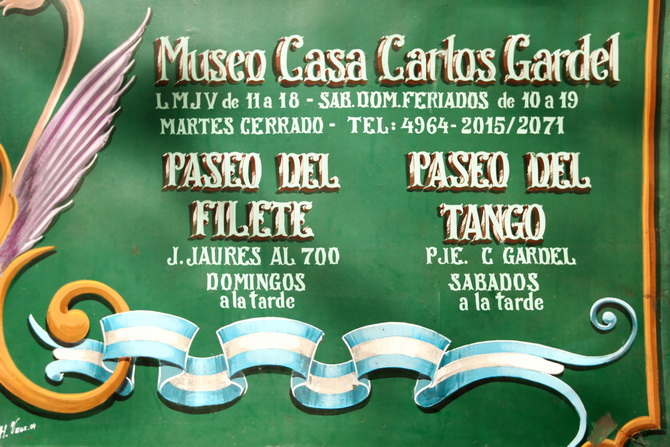
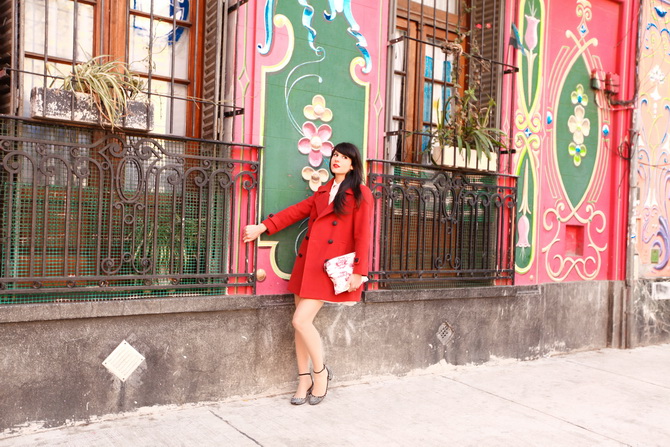
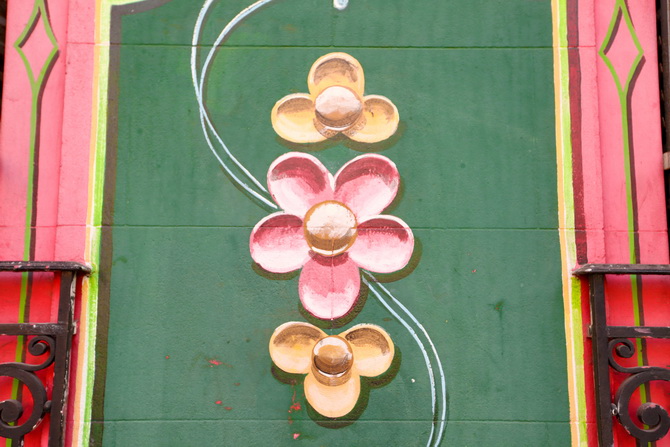
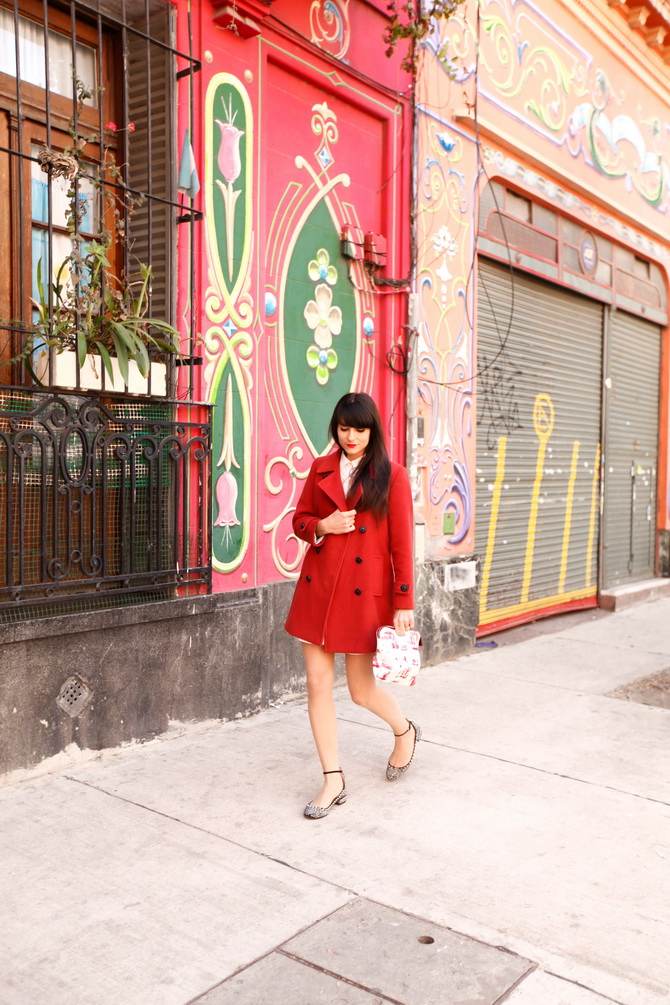
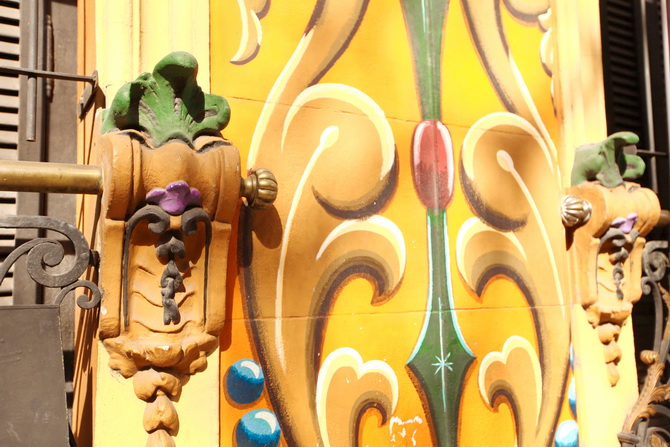
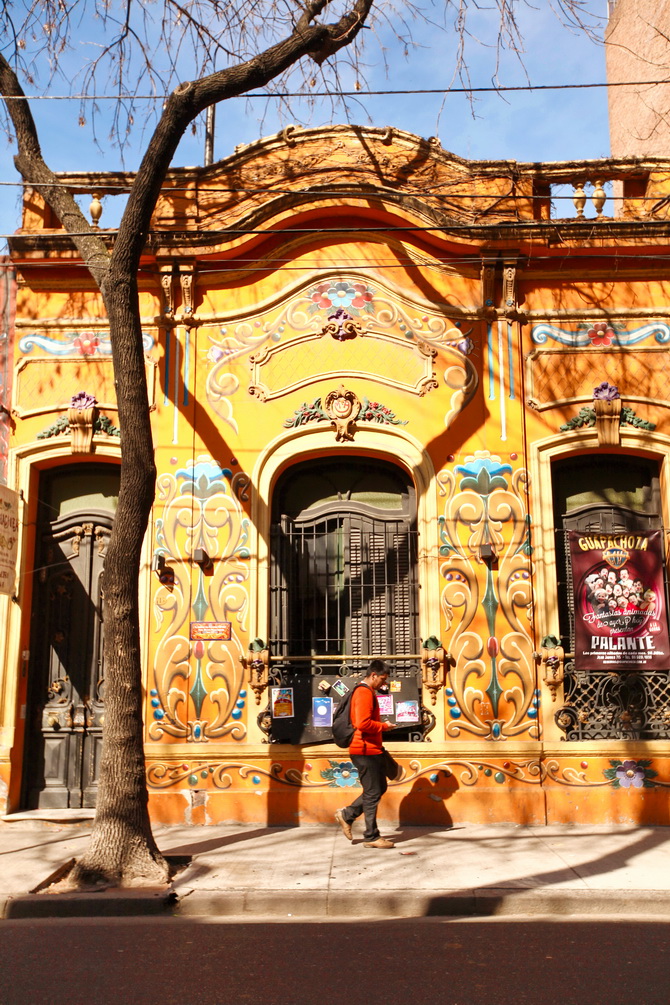
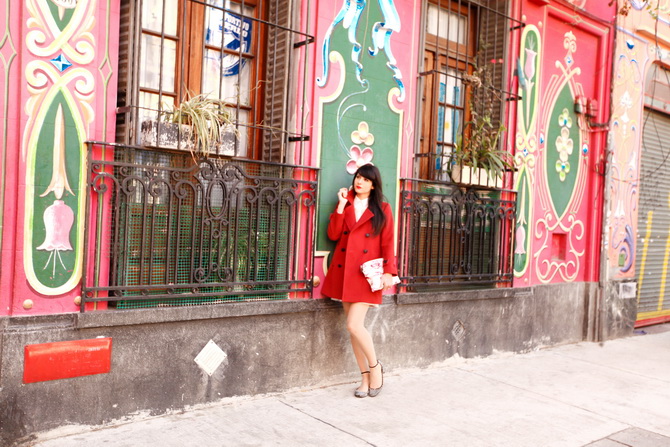

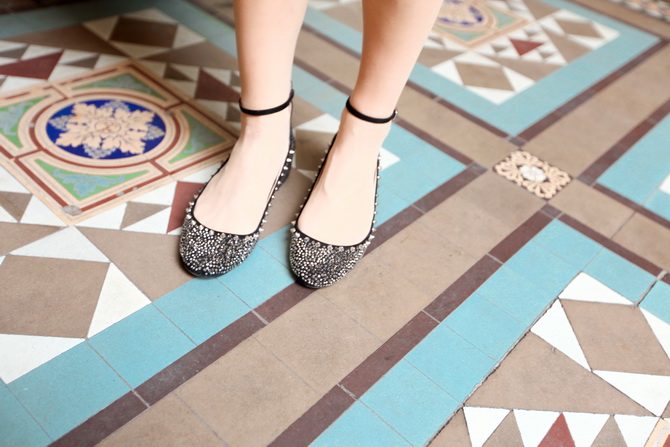
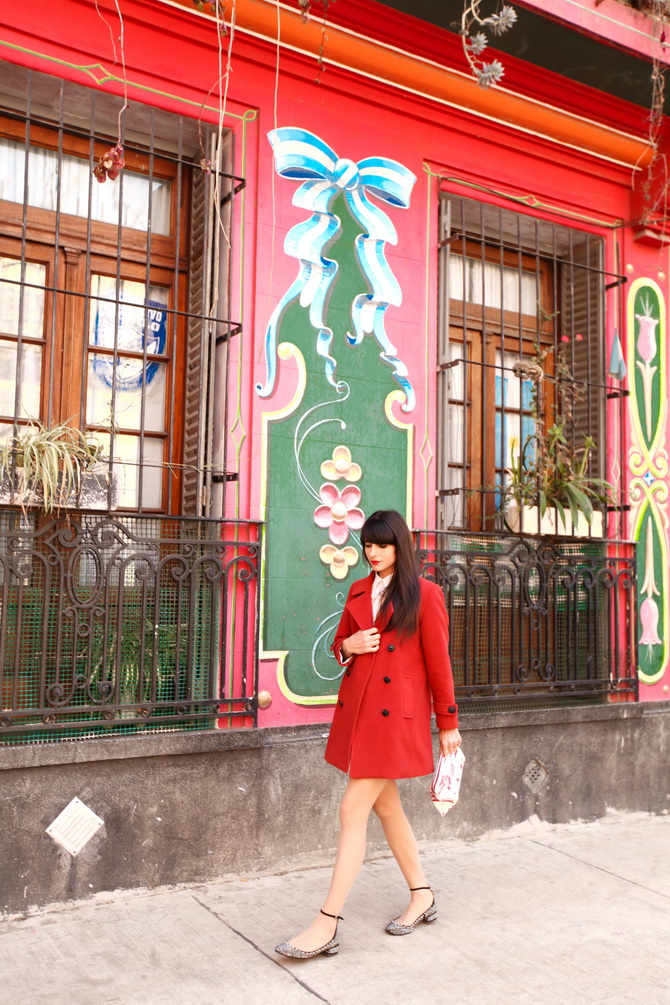
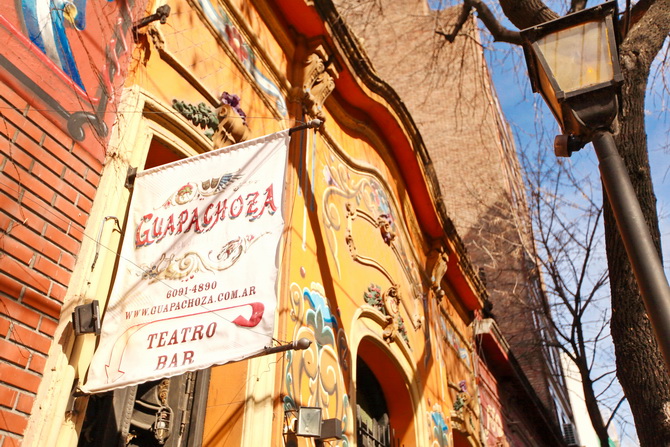
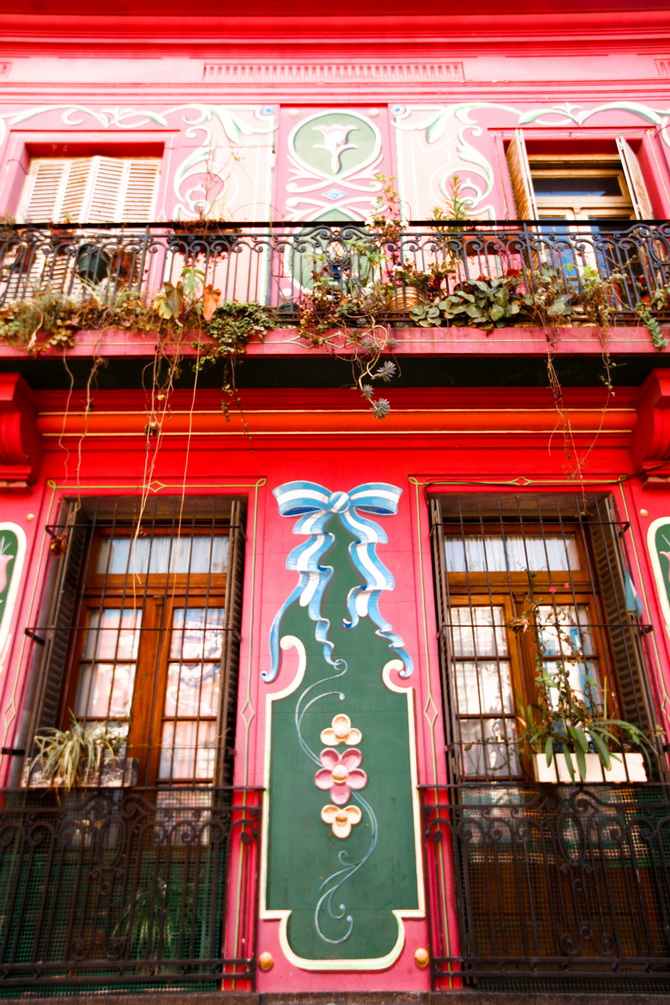
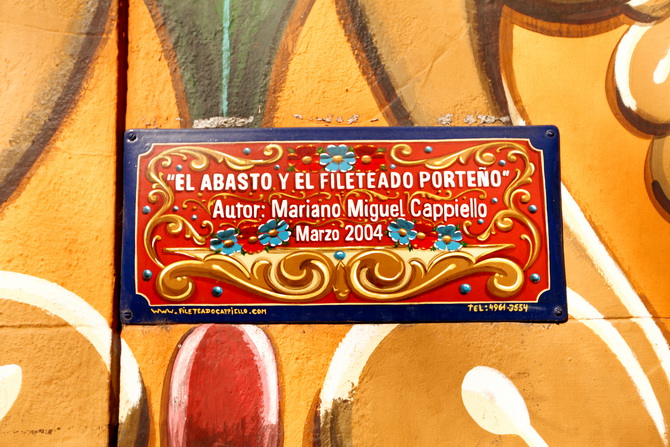
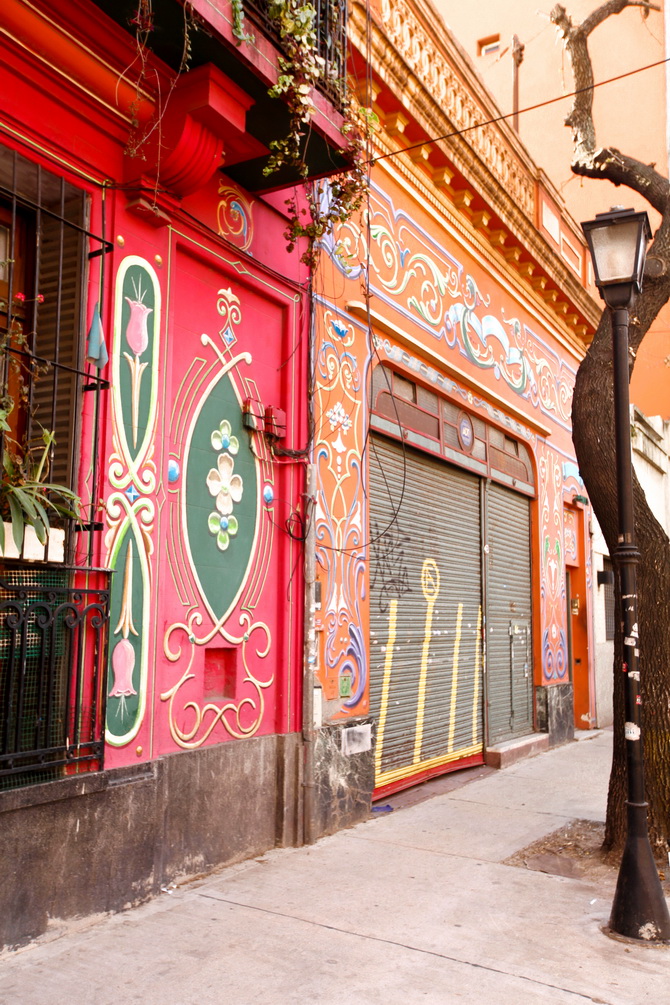
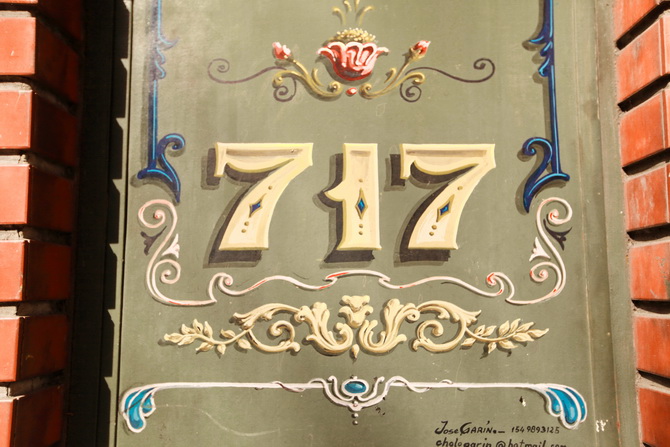
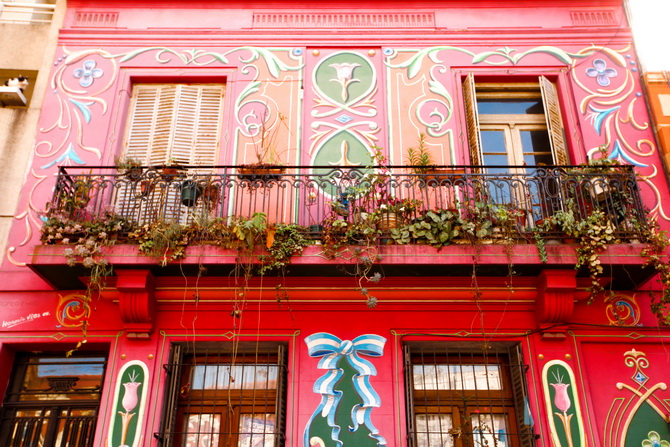
–
–
Manteau / Coat : Drôle ( Buenos Aires )
Chaussures / Shoes : Zara
Robe / Dress : Sretsis
Pochette / Pouch : Carven
—
Outfit photos by Marie B.–
–
–
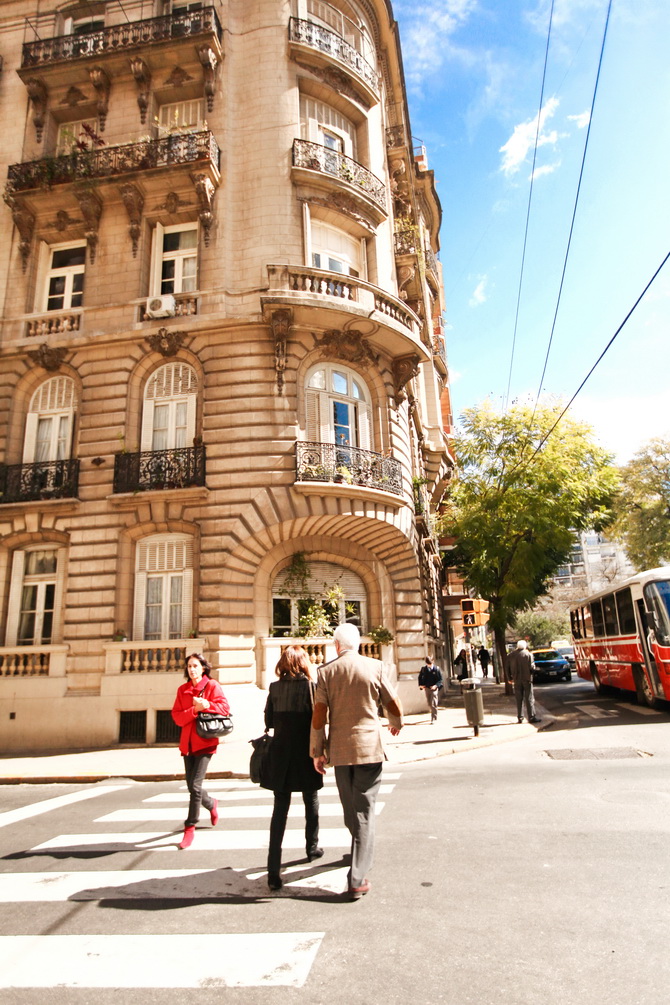
–
–
Je ne savais pas à quoi m’attendre exactement avant d’aller à Buenos Aires.
–
Tout d’abord, la ville est immense.
Voici ce que j’ai pu remarquer et apprendre lors de mon séjour ( vous trouverez également des bonnes adresses en fin d’article ):
–
♥ Buenos Aires est très similaire à Paris en terme d’architecture. Beaucoup de bâtiments Français ont été reproduits à l’identique à Buenos Aires au début du siècle.
–
♥ Les Argentins sont très croyants et pratiquants. Le nouveau Pape ( Argentin ) est l’une de leur fiertés ( au point de se décliner en imprimés sur vêtements, accessoires et vaisselle ).
–
♥ Vous n’apprendrez pas à un Argentin à faire des pâtes ou une pizza. Avec un très fort héritage Italien ( irlandais également ), il est très facile de trouver de bons restaurants Italien. C’est une ville très européenne en fin de compte. Probablement la plus européenne de toute l’Amérique Latine.
–
♥ Je n’ai jamais vu autant de voiture françaises qu’à Buenos Aires. Avec tous ces bâtiments Haussmanniens, l’illusion d’être à Paris était presque parfaite !
A la différence que tout est écrit est parlé en espagnol bien sûr.
J’ai appris peu de temps après qu’il y a des usines de voitures françaises en Argentine. Ceci explique cela ! Je penses tout de même que les Argentins ont un sacré faible pour les voitures Françaises.
–
♥ En vous baladant, vous verrez facilement un de ces « dog-sitters ». Certains peuvent promener jusqu’à 15 chiens en même temps. Ça m’a fait penser à New York.
–
♥ Les gens sont incroyablement gentils et serviables. C’est arrivé plusieurs fois qu’une petite mamie vienne engager la conversation. Nous étions deux filles en visite, et beaucoup de messieurs se montraient infiniment aimables afin de nous indiquer la bonne direction. Une entraide que l’on ne voit que très rarement dans d’autres villes.
–
♥ Les arbres sont immenses. Et très beaux. Ont peux admirer d’impressionnant spécimens Plaza San Martin de Tours.
–
–
♫ ♪ Sixto Rodriguez – Halfway Up The Stairs
–
–
I didn’t know what to expect before coming to Buenos Aires.
–
First, the city is really big. I could see it from my own eyes when my plane landed.
A few things I noticed and learned while I was there ( you can also find adresses tips at the end of the article ):
–
♥ Buenos Aires is very similar to Paris for the architecture. Many french buildings were made exactly the same in Buenos Aires as in Paris in the early century.
–
♥ Argentinians are very catholics, and it shows. It is obvious then that they are very proud of the new Pope, who is Argentinian ( I could even see prints of him on clothes, dishes and accessories ).
–
♥ You don’t teach an Argentinian how to make pasta or Pizza. With a strong Italian heritage ( as well as Irish ), it’s really easy to find good italian food in the city.
It’s a very european influenced city in fact. Probably the most of all Latin America.
–
♥ I never saw as many French cars in the street as in Argentina. With all these Haussmanniean building, the illusion to be in Paris was almost perfect ! Except everything is written and spoken in spanish ! I learned just a bit later there are french cars factories in Argentina. That explains everything ! I still think argentinians must love french cars though.
–
♥ If you wander around the city, you will easily see one of these dog sitters. Some of them can even walk more than 15 dogs at the same time. That reminded me of New York.
–
♥ People are incredibly friendly and helpful. We were two girls visiting, and it happened many times that cute old little grannies started talking with us, men wanted to help us with directions. Something you will almost never see in other cities.
–
♥ Trees are huge. And very beautiful. The most impressive ones are located on Plaza San Martin de Tours.
–
–
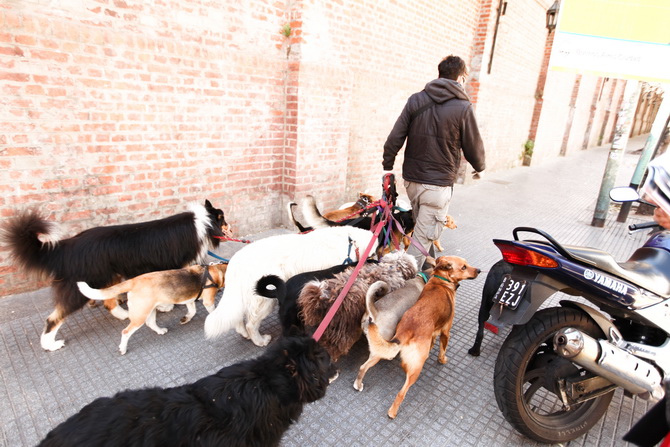
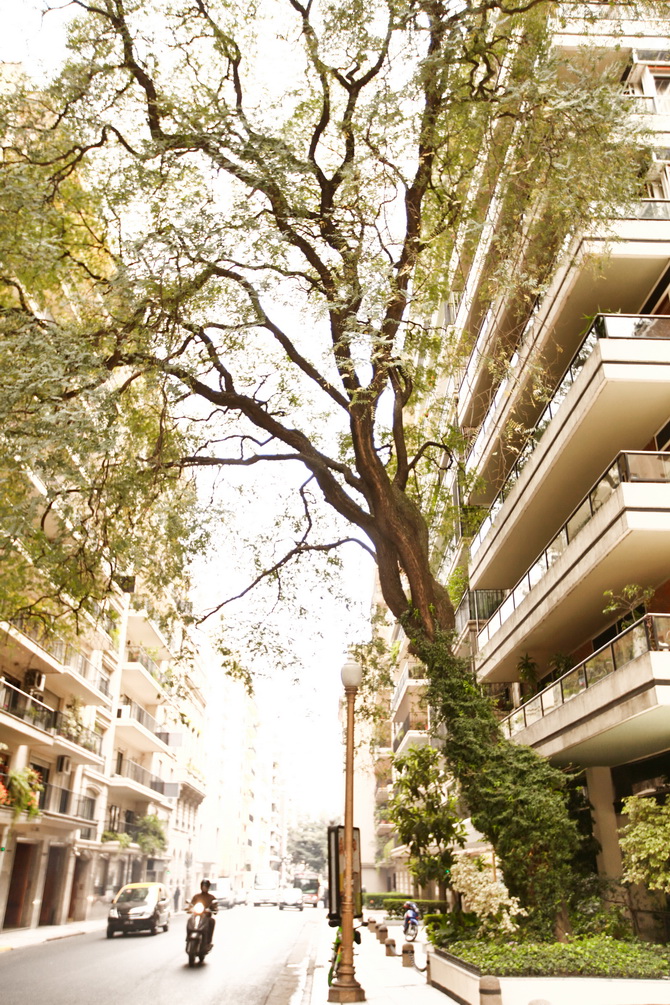
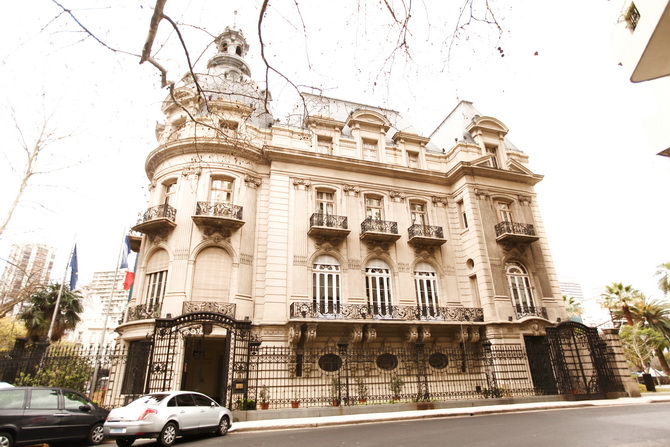
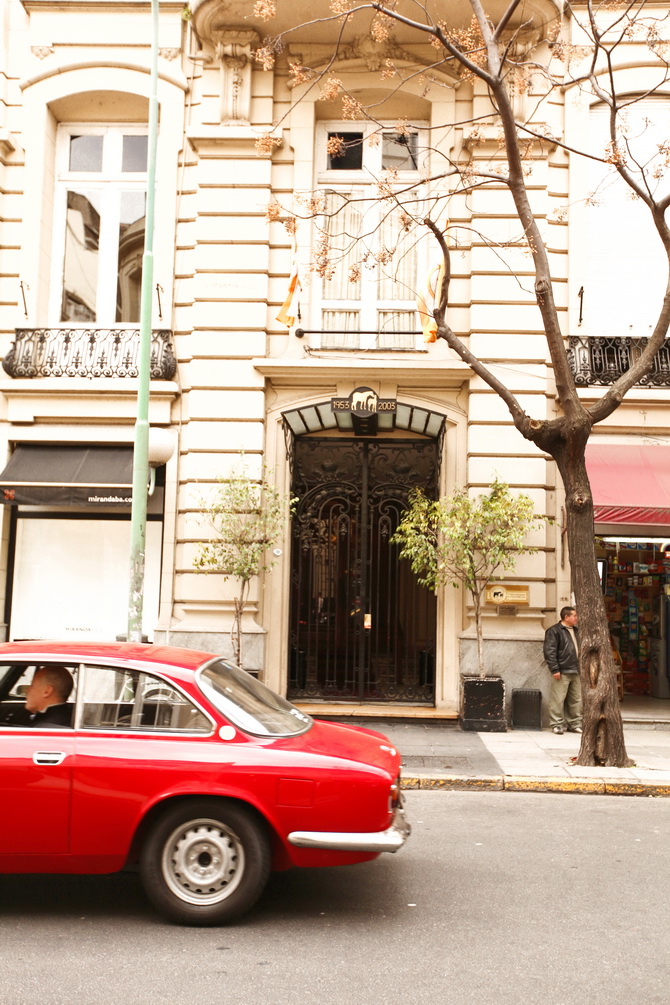
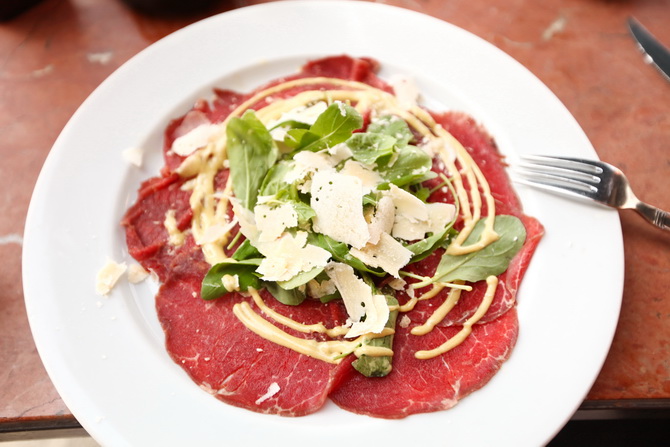
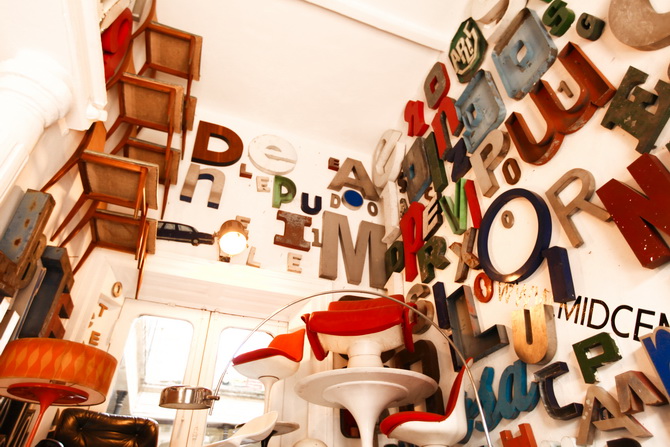
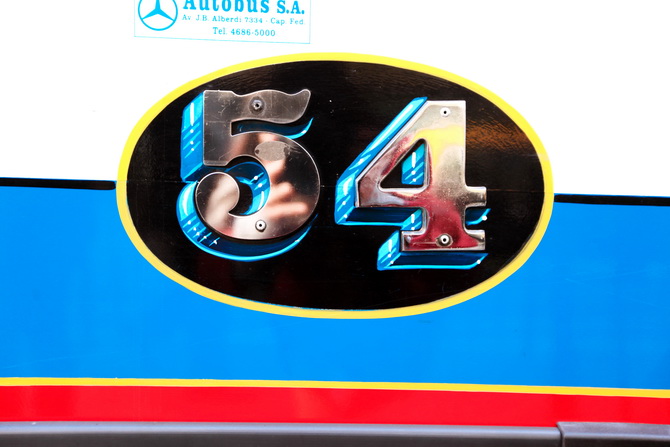
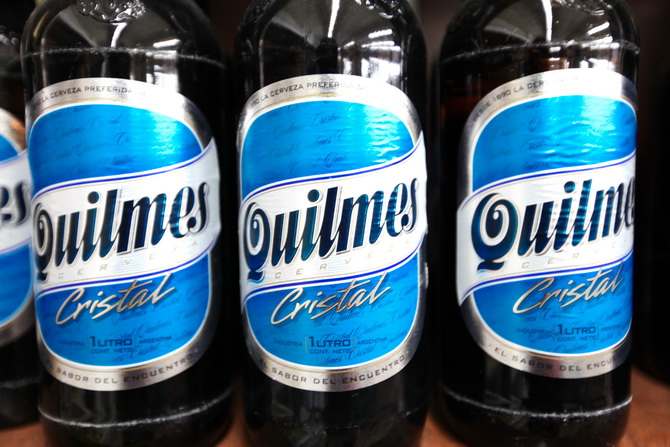
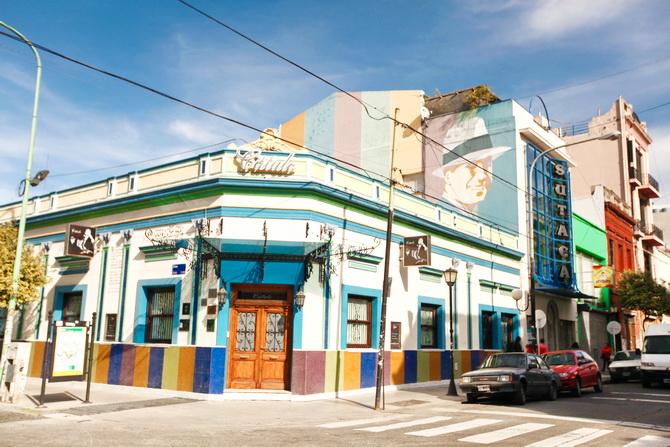

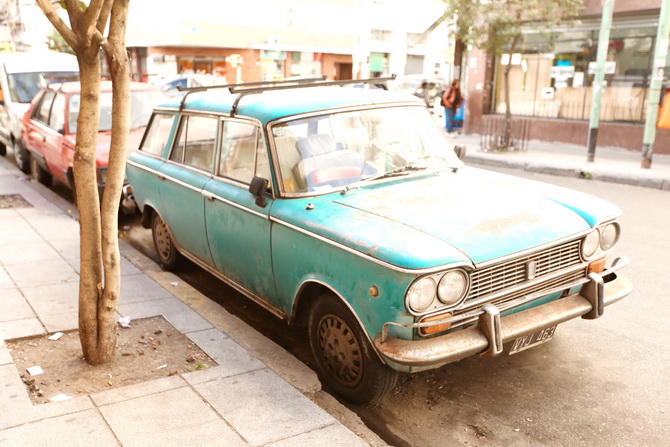
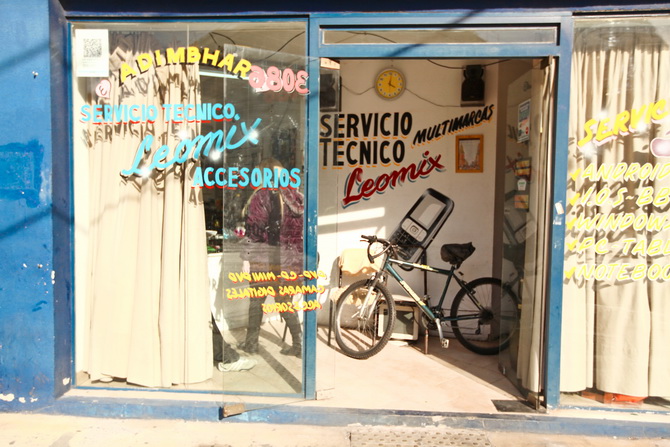
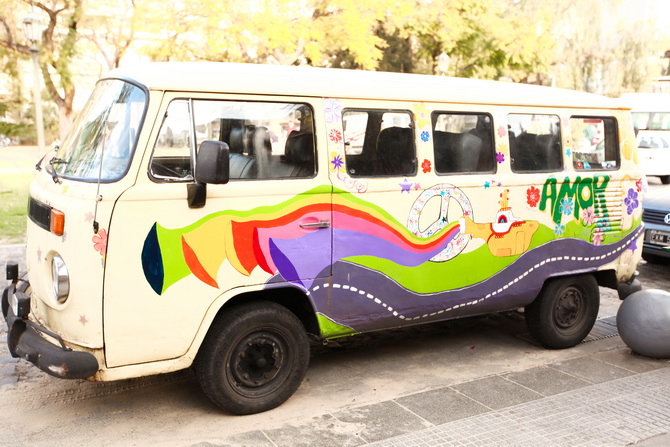
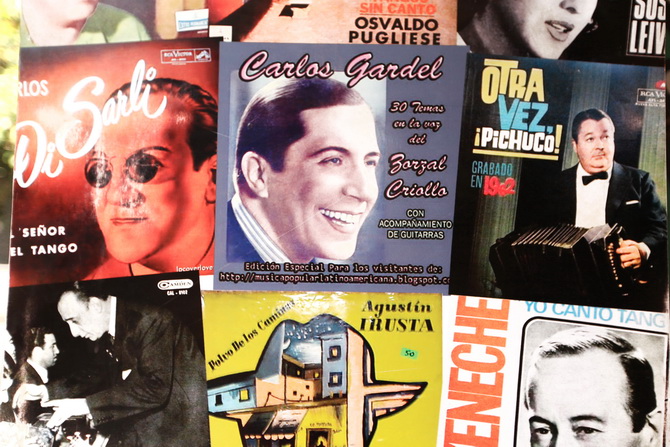
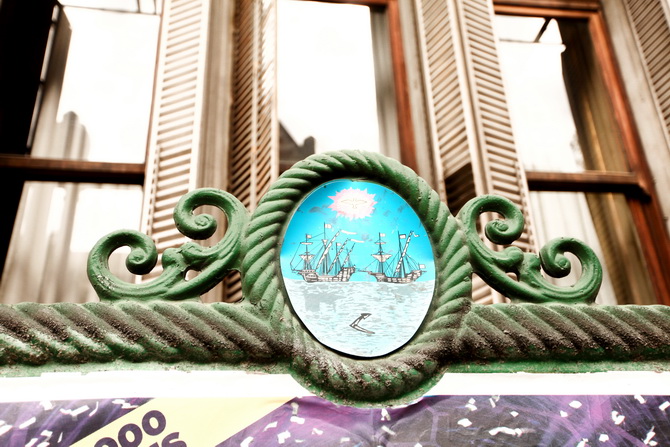
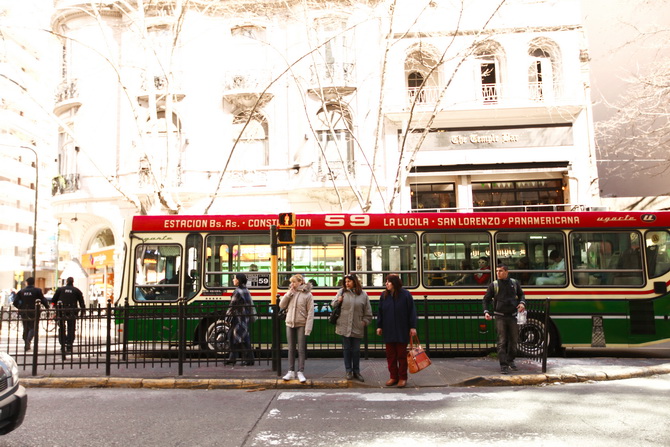
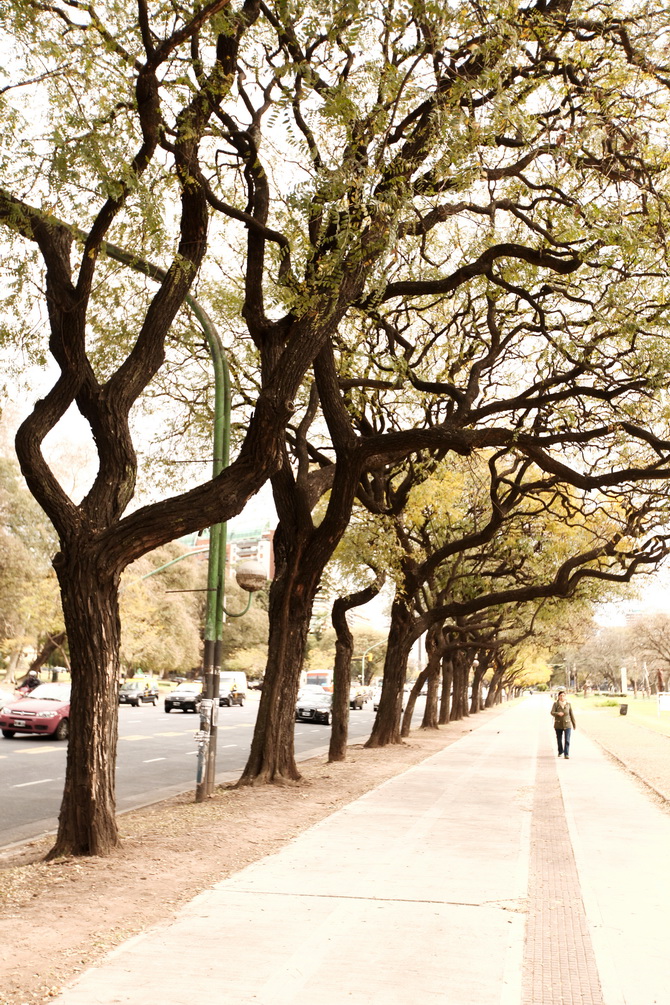
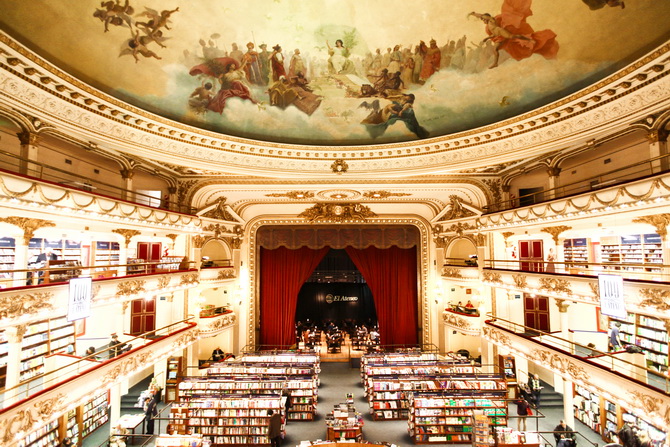
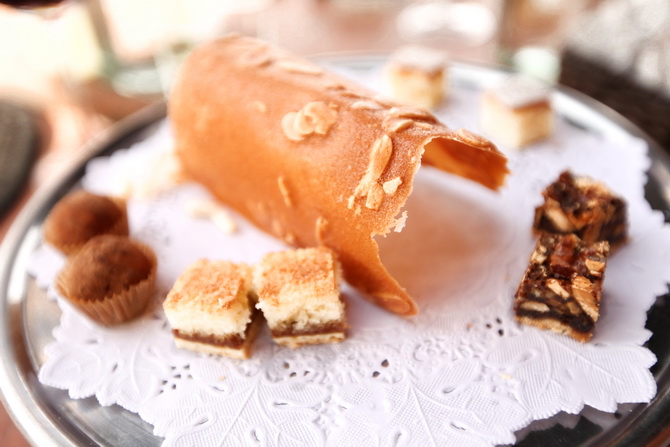
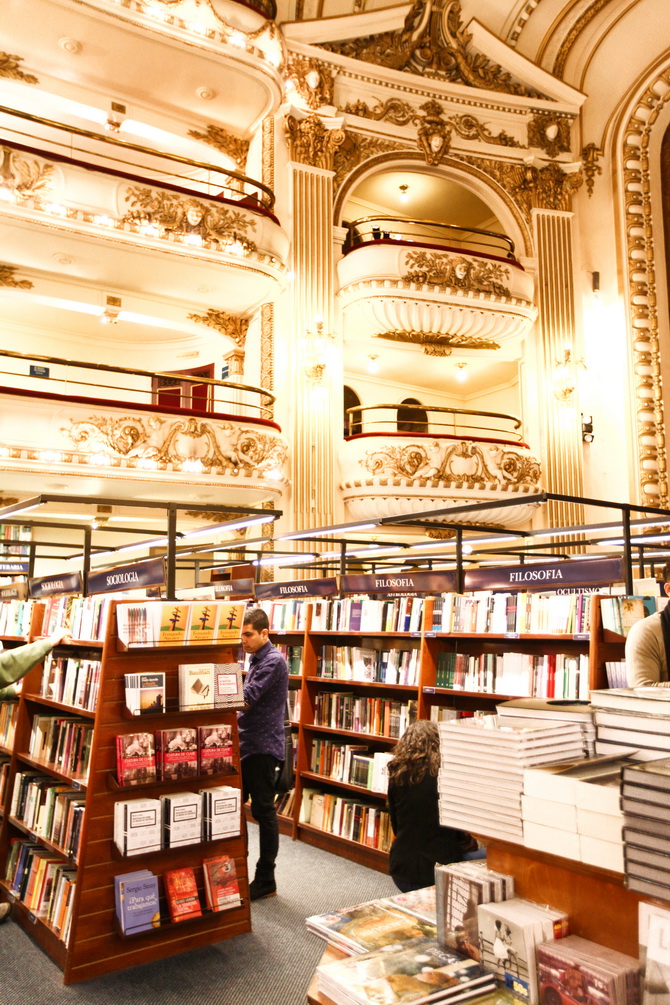
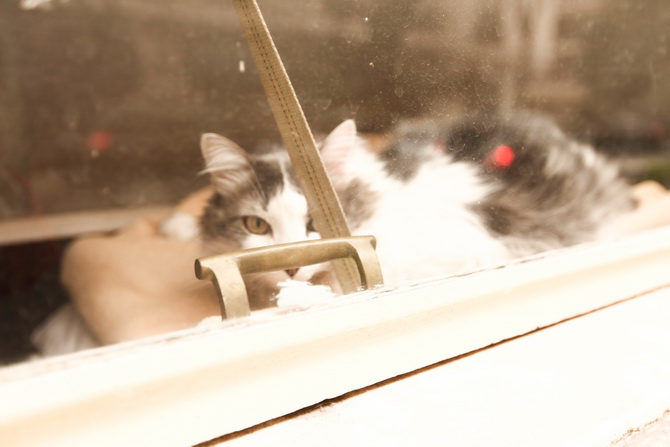
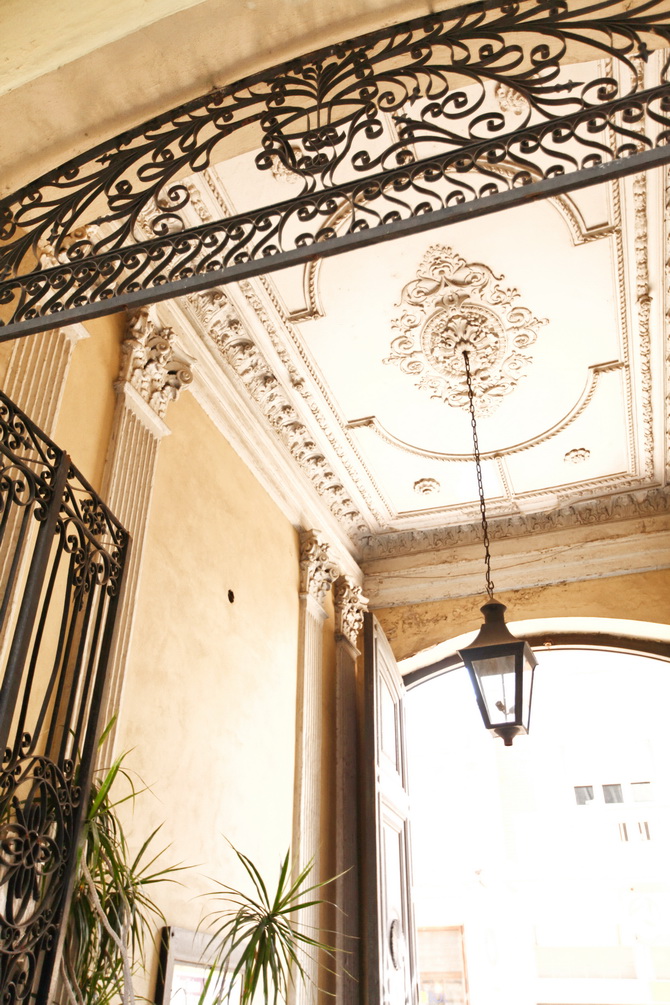
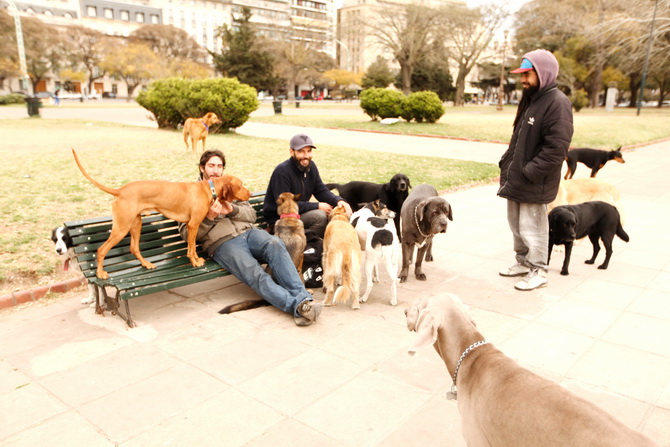
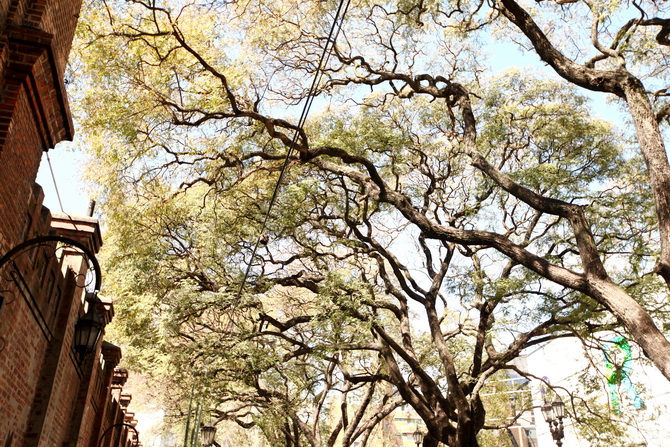
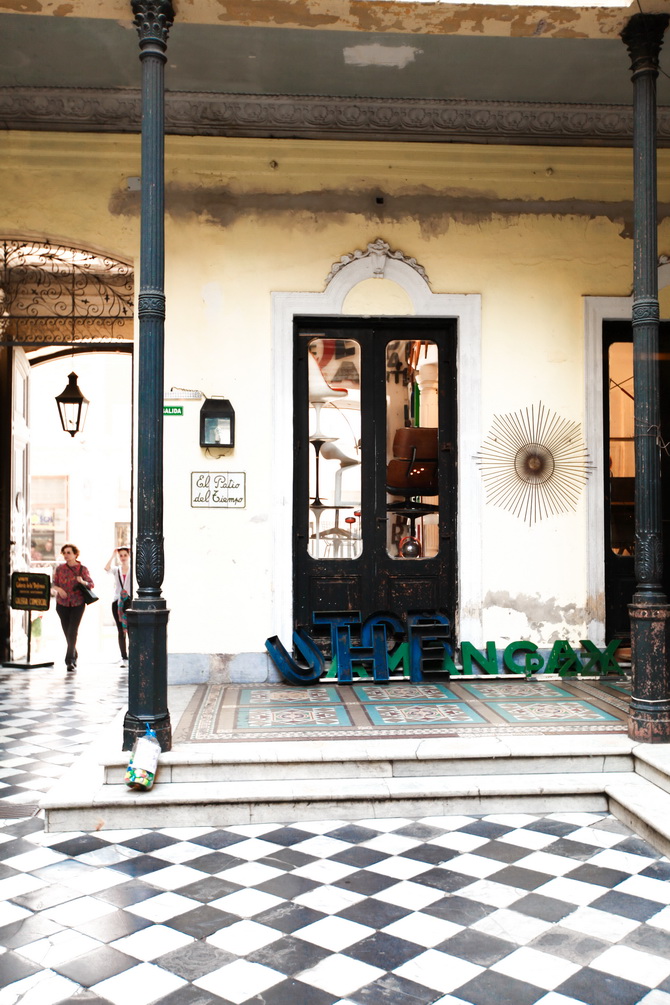


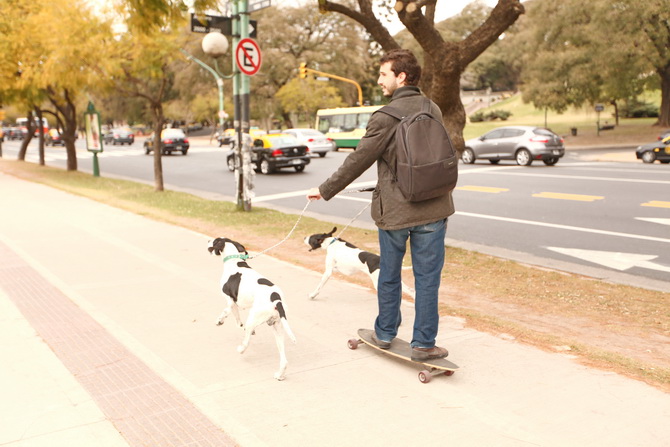
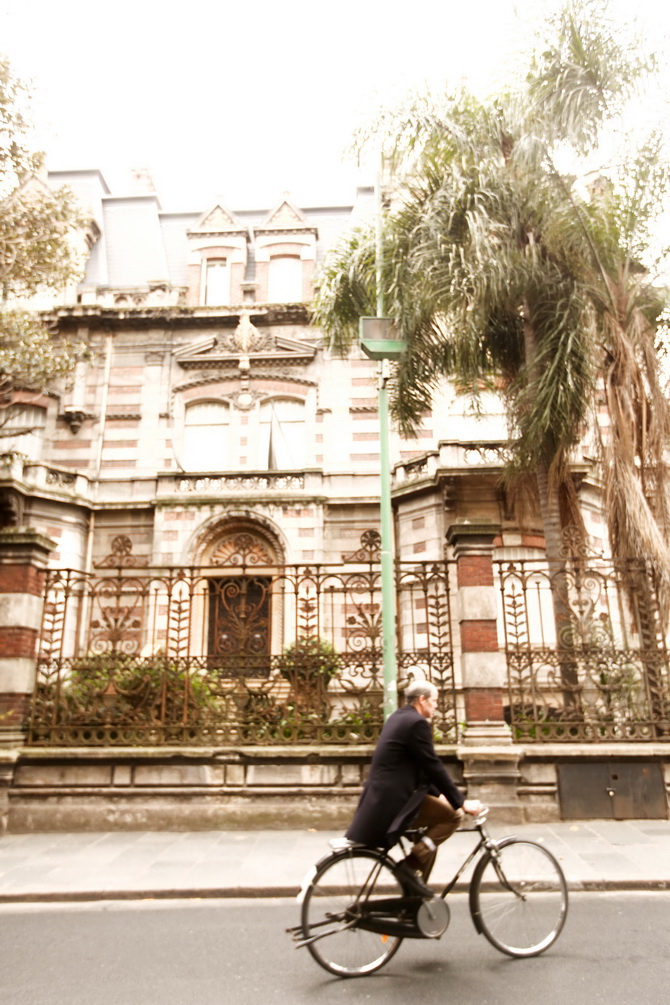
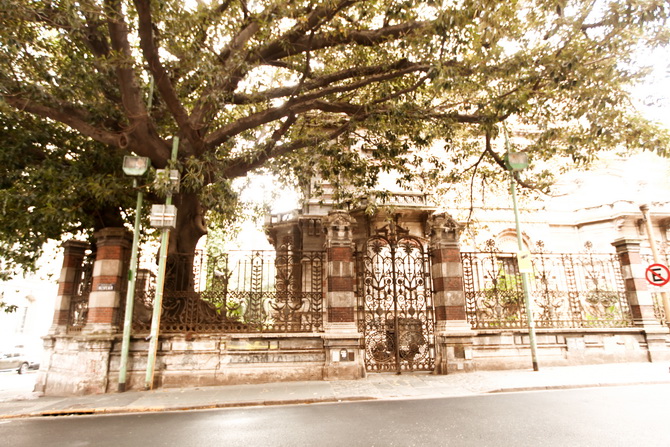

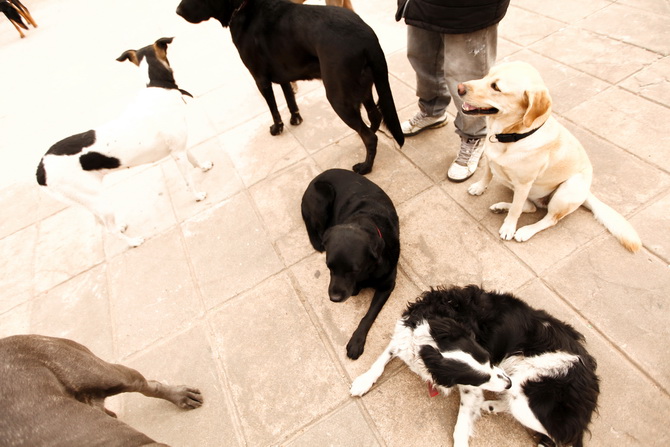
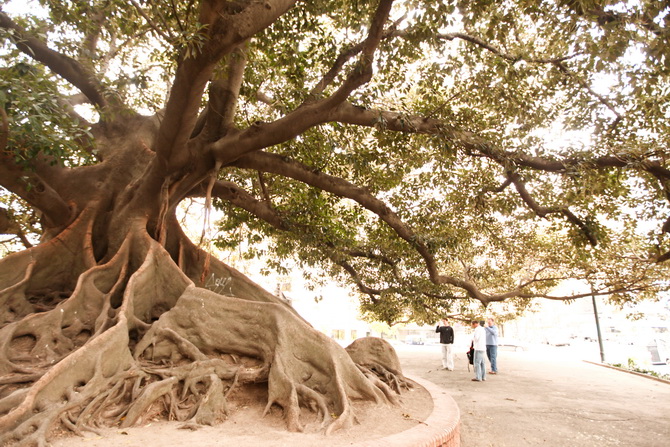
–
♥ Adresses ♥
–
♥ San Telmo market:
During sunday morning, many antique stores, amazing vintage furnitures shops, jewels and more.
–
♥ Restaurant Cabana de las Lilas:
A very good restaurant for meat lovers.
–
♥ El Ateneo:
A Library in a beautiful place that used to be an Opera !
–
♥ Fundacion Silataj :
For handcraft traditional arts and souvenirs. I bought many beautiful animals mask there.
–
♥ Comme il faut:
The most famous Tango shoe maker in Buenos Aires. The shoes are lovely, but the awfully snob and not nice owner made the shopping experience unpleasant. And this is coming from someone who bought no less than 3 pairs.
–
–
–







